Bird watching in Montana is a breeze. Our varied and isolated habitats and key migratory flyways attract over 400 different species of birds across the state. You can step out your front door and bird but a visit to these five locations offers the best chance to practice the craft whether you are just starting out or looking to complete your life list.
These places also provide the opportunity to see one of the 66 birds listed as Montana Species of Concern, native animals that are considered to be “at risk” due to numerous factors. Habitat loss is one of the biggest factors that contribute to declining populations of birds. Check out the visitor centers at many of these sites to get tips on what you as an individual can do to help protect Montana’s birds.
Ninepipe National Wildlife Refuge / Pablo National Wildlife Refuge
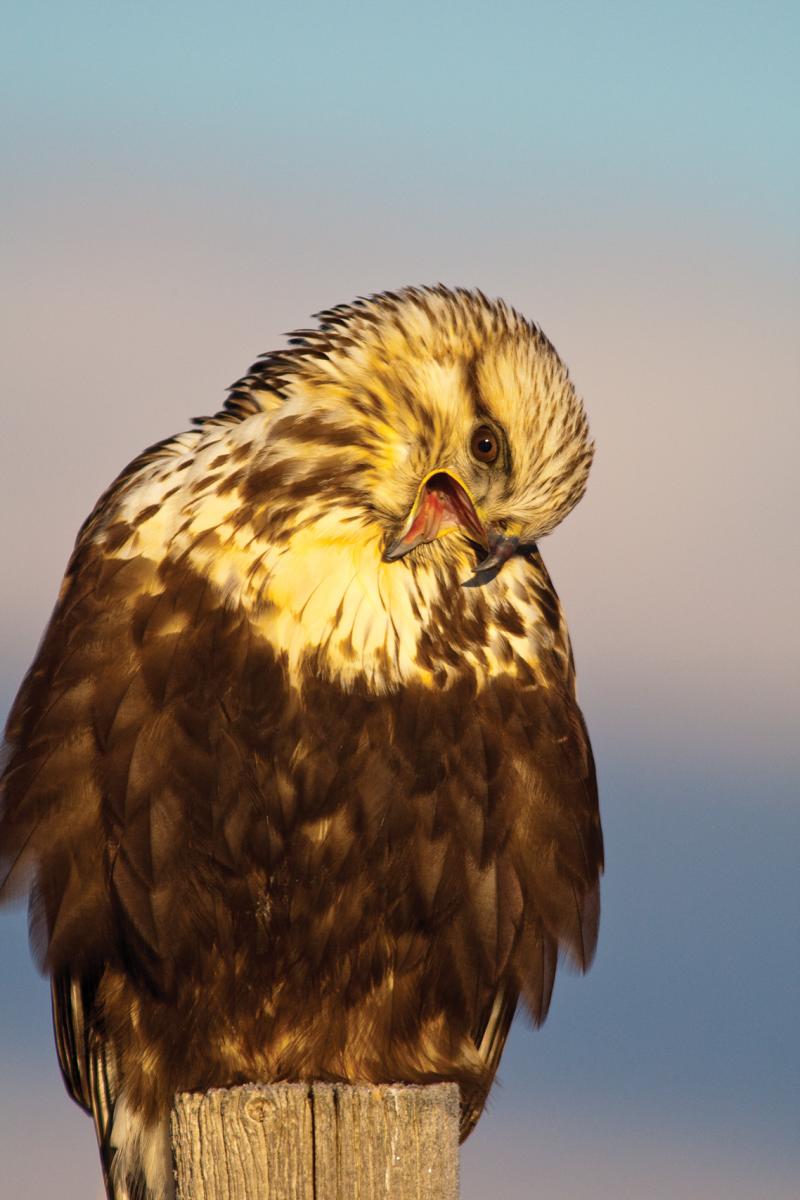
Ninepipe is one of the best places in the state to practice your waterfowl identification. Each spring snowmelt from the Mission Mountains fills in hundreds of prairie potholes, attracting diving and dabbling ducks. There are many places to explore around the refuge but a drive down Ninepipe Road along the back of the largest pond offers the best view to see Northern Pintails, American Wigeons and Canvasbacks.
Summer is a great time to observe short-eared owls in the surrounding fields as they practice their aerial mating acrobatics. A male will plummet in flight clapping his wings on the way. Fall can bring in over 200,000 migrants. Stand at the edge of the pond and listen as the air fills with a cacophony of calls. Rough-legged hawks come through in the winter. Identify them by their light head and black slash along the eye line.
If you feel you still need to practice distinguishing a Barrow from a Common Goldeneye, head 28 miles north to Pablo NWR. Pablo mainly consists of one very large pond and has less visitors than Ninepipe. Follow the unpaved road along a portion of the pond to see Ruddy Ducks and Gadwalls.
Location: 55 miles north of Missoula along Highway 93
Giant Springs State Park
If you are looking for a place to bird over winter, this should be your destination. Spring water bubbles up from the rocks along the banks of the Missouri River and stays a tepid 54 degrees year round. A variety of bird species take advantage of this spot to rest and feed free of the ice found on most the bodies of water around the state in the winter. It was near here that members of the Upper Missouri River Breaks chapter of the Audubon Society delighted in the extremely rare sighting of a Yellow-billed Loon during the 2017 Christmas Bird Count.

Whatever the season, Giant Springs offers a diverse habitat for numerous species in a relatively small space. Look for Great Horned Owls and Bullock’s Oriole in the branches of the trees shading the lawn. The paved walkway dividing the river and the springs gives you a chance to see American White Pelican and Greater Scaup riding the currents and Belted Kingfisher diving for dinner. Fall and spring offer a chance to see migrants such as Common Loon taking advantage of the open water and abundant food.

Location: 3 miles east of US 87 on River Drive in Great Falls
Lee Metcalf National Wildlife Refuge
Lee Metcalf receives an average of 13 inches of precipitation each year but it is quite fertile ground for the natural world. The river offers a lifeline of support to river front forests. Ponds, marshes, and wet meadows are fed from the runoff of the Sapphire Mountains to the east and the Bitterroots to the west. This diverse environment is a big attraction for an assorted population of both migrating birds and year- round residents.
Follow Wildfowl Lane to bird among the many habitats. A path to the Bitterroot River takes you through the forest where you can look and listen for songbirds such as the Pine Siskin and Pygmy Nuthatch. Lucky birders will catch a glimpse of the rare and colorful Lewis’s Woodpecker.
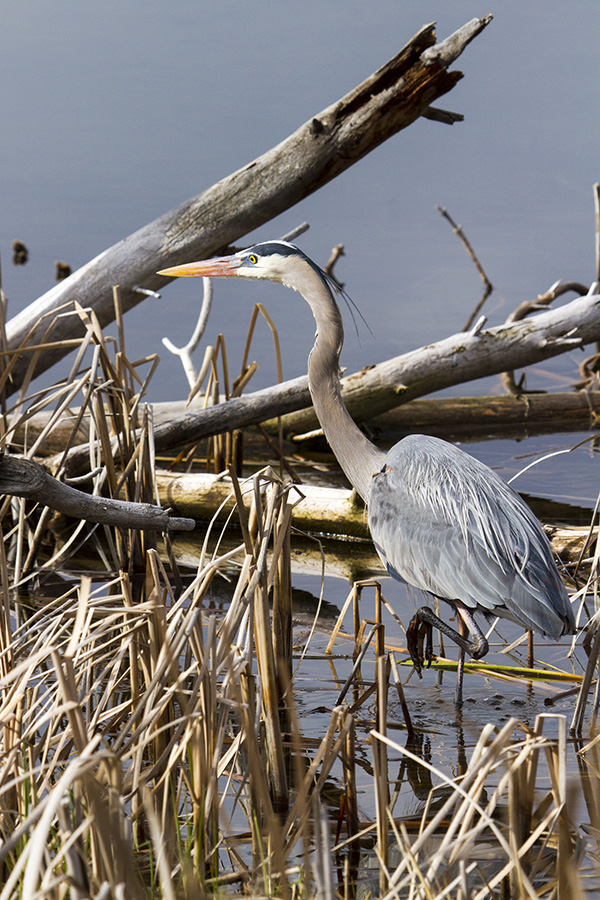
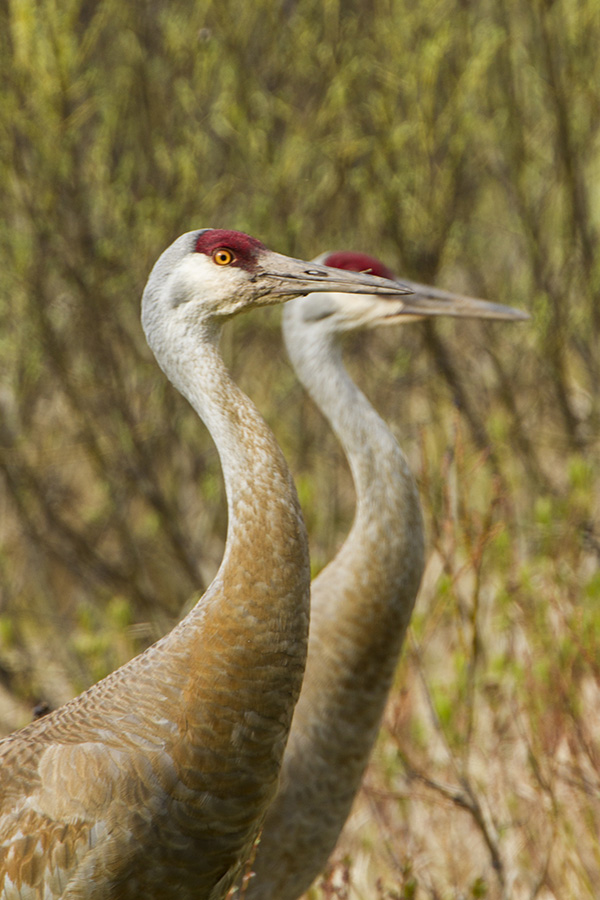
A large rookery of Great Blue Herons is found in the tall pines lining the fields.
No matter your level of birding experience, the sight of these gangly birds perched high in the trees never gets old. Stretch your legs along Kenai Trail following the streams and fields where American Bittern can be seen picking among the cattails and Sandhill Cranes perform their hopping mating dance.
Location: Just north of Stevensville off the Eastside Highway

Lost Trail National Wildlife Refuge
Don’t worry if you shout out “Common Loon” when really you’ve spotted a Common Merganser while scanning the meadow ponds at Lost Trail National Wildlife Refuge. Chances are, no one heard you. Tucked away in the northwest corner of the state, Lost Trail is a hidden gem protecting rare Palouse prairie, pine forests, and riparian wetlands. The refuge was established in 1999 primarily to protect the nesting habitats of migratory birds and in recent years the staff has worked hard to restore this former ranch land to its natural state.
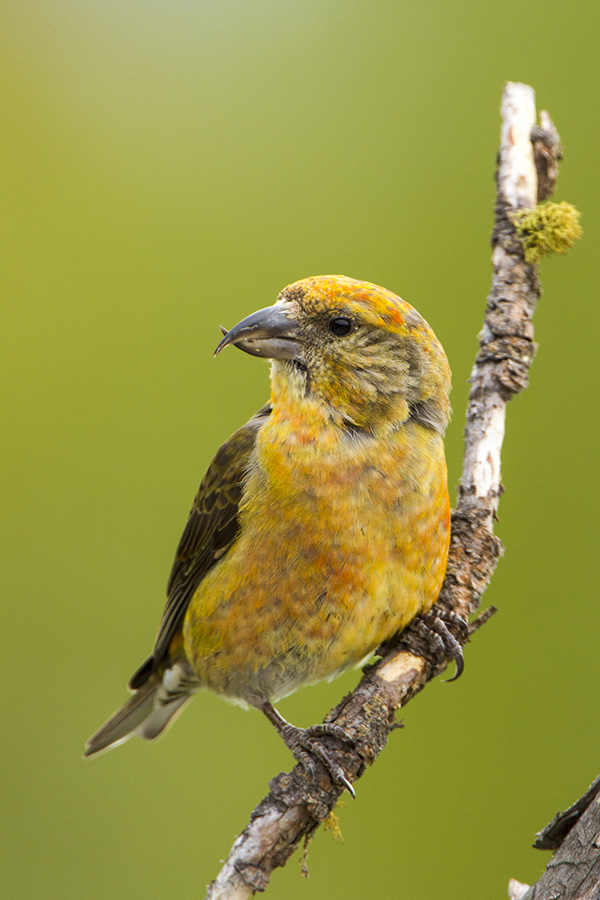
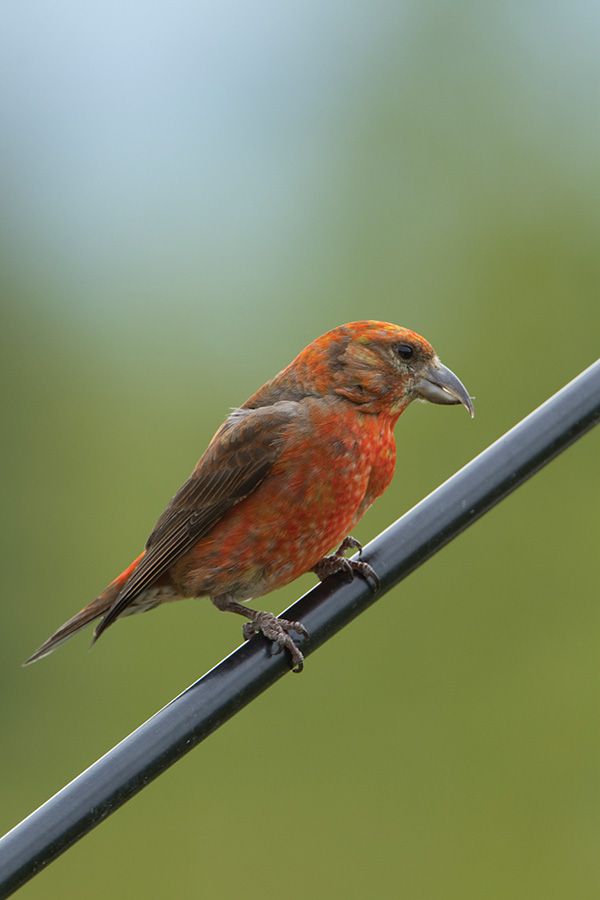
Take the short interpretive trail from the headquarters parking lot to the edge of the meadow to watch Northern Shovelers skim their bills along the water’s surface and Hooded Mergansers drying off their namesake crests after a deep dive. Hike the pine forest opposite the meadow to practice distinguishing the drums of a Hairy Woodpecker versus a Pileated. Red Crossbills with their askew bill are a cinch to identify gathering seeds among the ponderosa pines. A visit during the late spring and early summer provides a chance to spot shorebirds such as Greater Yellowlegs and American Avocet hunting along the water’s edge.
Location: 21 miles west of Kalispell on Highway 2 then 19 miles from Marion on Pleasant Valley Road

Red Rock Lakes National Wildlife Refuge

Take the solitude, range of habitats, size and number of bird species of Lost Trail, multiply it by ten and you get Red Rock Lakes. This land of sagebrush, forested mountain slopes, sand dunes, lakes and marshes sits at the base of the Centennial Mountains in the southwest corner of the state and rises from 6,600 feet to 9,400 feet in elevation.
Spring comes late to the refuge so the best time to visit is late May through the summer. Keep in mind the unpaved refuge roads open in mid-May for wheeled vehicles and once inside the refuge you will be at least 45 miles from any services. The hearty few that do choose to make the trek are rewarded with spectacular bird sightings. Long-billed Curlews forage in the refuge’s meadows. More than 200 pairs of White-faced Ibis have been recorded in the marshes. Raptors such as Prairie and Peregrine Falcons rule the sky. A big goal for the establishment of this refuge was to increase the population of Trumpeter Swans. Whether expert or novice birder, you will thrill at the sight of these majestic birds flying past, silhouetted by the snow-peaked Centennials.
Location: Take I-15 to Monida then turn east for 28 miles on South Valley Road to reach the refuge headquarters.
Tips for Photographing Birds
1. Be patient. Running after a bird is never a good idea. Locate a good habitat and stand still. The birds will eventually come to you.
2. Take advantage of the early morning and early evening. Not only are birds more active at this time but it is also your best opportunity to capture the best light.
3. Learn bird behavior. Knowing when Bald Eagles will likely be on the nest, how Northern Harriers hunt and the flight pattern of Barn Swallows will help you with the timing and composition for the best shot.
4. Set your camera to shoot continuously and on the fastest speed. Most birds don’t stay still or stay in the same place for very long. You might have just one chance to capture the perfect shot so be ready.
5. Zoom in. You may admire the flock of Red-winged Blackbirds flitting among the field of cattails but it won’t equate to a good photo. A close-up of one bird in song on one cattail will make for a much more interesting shot.
For more information on how to get involved in birding visit Montana Audubon’s website at www.mtaudubon.org. Find one of the nine chapters near you, learn about the many conservation projects taking place around the state and locate even more birding hotspots.
FEATURED VIDEO:
BIRD SONG HERO –– The song learning game for everyone
For the full challenge, including the Bird Song Hero Ultimate round and free bird song downloads, visit: http://biology.allaboutbirds.org/bird....













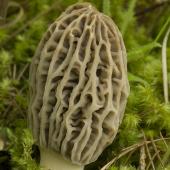

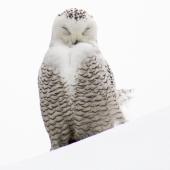
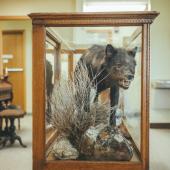
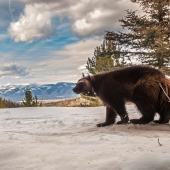
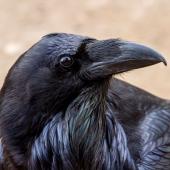

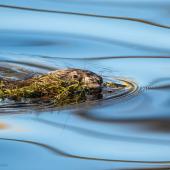

Leave a Comment Here